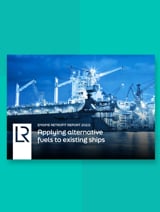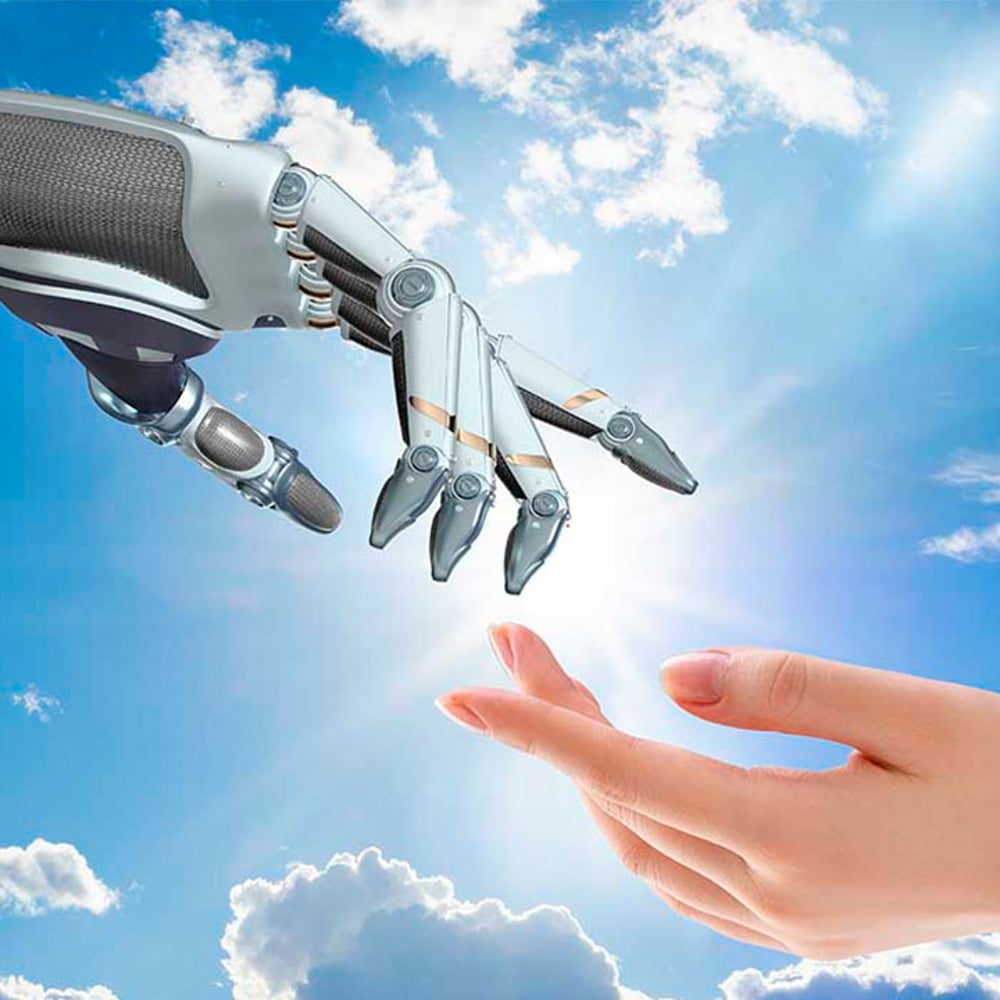Science fiction tends to depict robots as humanoid machines. But does a robot really need to be human-like? Simon Reeve outlines some key design considerations.
Cult sci-fi movies such as I, Robot and Avatar promote the idea of a robot as a machine version of the human form. But is the ‘humanoid machine’ a useful mental model to have when designing robotic solutions to human challenges, or does it constrain our thinking?
Should a robot be a human ‘digital twin’?
In machine terms, the human body is a complex system of systems; incorporating sensors that provide us with data through vision, touch and sound, and learning and experience-based decision processes that enable us to interact and influence the world around us.
However, in seeking the ultimate robot as a ‘digital twin’ of ourselves, we risk missing an understanding of the intricacies of individual capabilities within our system and how they are applied in different configurations to complete a specific task.
Focus on the task to be automated
In focusing on whether the robot is sufficiently human-like, we can miss relatively simple solutions to improve the safety of a task, the efficiency of a process, or the reliability with which we can repeat an operation with consistent results.
Breaking down the science-fiction robot into its task-based sub-components reveals that many of its constituent parts are already being deployed in domestic and industrial applications.
As the interactions between these subsystems become more complex, so new techniques are emerging in human-robot communication and awareness – and our digital innovation practice is working with industry and academia to drive many of the developments.
‘Soft robotics’ inspired by nature
Researchers have for many years looked to the natural world for solutions to design challenges.
Bees, for example, use a soft suspension system that adapts to their landing surface; whether a moving flower stem or a hard surface like the side of a hive. A spider limits the degrees of freedom within which it needs to manoeuvre by attaching web links to a fixed surface.
These insights are now being applied by LR research partners including Imperial College’s Aerial Robotics Lab and the ORCA Hub. Their ‘soft robotics’ projects enable drones and crawlers to adapt to the surface they encounter using haptic sensors.
Defining levels of autonomy
Popular culture tends to depict autonomy in black and white terms: cars, aeroplanes, trains, ships or spacecraft are either human-controlled or – futuristically – self-driven.
In reality, autonomy has many different levels. In designing robotic systems, it’s important to determine the level of autonomy required for each task and ensure that considerations such as cyber security and classification have been fully thought through.
Lloyd’s Register has been at the forefront of establishing frameworks to help us think about appropriate levels of autonomy when applied to different tasks or systems for several years.
Building the digital ecosystem
Today, smart robots are useful not just for carrying out tasks, but also for building up a digital representation of their environment as they work.
Survey teams at Lloyd’s Register’s office in Maine, USA, use drones to inspect high voltage transmission facilities for damage. As they go about the task, the drones also map the physical structure using light sensors to create a point cloud. For other facilities, “high-density scanning” is used which can create a highly accurate digital model of most structures.
This point cloud can be translated into a structural or dynamic model, enabling further interpretation and application of other risk and integrity models to predict or anticipate a change in the environment in which the robot is operating.
Linking a remote, autonomous robotic device or drone into this digital eco-system will enable the system to test, verify and update its own accuracy over time.
Testing, verification and validation
Through our learned experience, we can anticipate many of the likely challenges associated with robotic technology and design them into a specification that can be tested and verified.
However, we also need to understand how the technology interacts with and adapts to the reaction and behaviours of people working or living in the same environment.
Prof. John McDermid, director of the University of York’s Assuring Autonomy Programme, funded by Lloyd’s Register Foundation, has been exploring this challenge in the context of applying speed limiters to autonomous cars.
Self-certification for self-learning systems
Certification requires evidence that a product meets its designed intent, against a quoted standard or regulation. For self-learning technology, though, certification needs careful thought.
How does a self-learning robot or system know that it is operating within its certified limits when it adapts its mission to changes in its environment? And how do you certify against all eventualities, when these cannot be fully defined?
It’s a question that ORCA Hub is addressing through the concept of self-certification; whereby a robot constantly updates its terms of reference and ensures it is still operating within them.
Share knowledge to advance faster
In October 2016, the LR Foundation’s Foresight review on Robotics and Autonomous Systems made three key recommendations:
- Openness and sharing of public and privately-funded programmes and technologies
- Improved understanding of asset self-certification
- Appropriate and trusted frameworks for development and deployment
Three years on, we are already starting to see some of these recommendations coming to light, paving the way for more advances like those covered in this article.
Humans and robots: adapting to a changing world together
Throughout history, successful human societies are those that learn to adapt to a changing world. Successful technologies often have similar attributes, and the role of the LR specialist is to be at the forefront of this adaption—enhancing human understanding with the latest technology advances.
Perhaps we are not so different after all, to our Avatar friends!
More information
LR's digital innovation practice helps organisations in asset-intensive and safety-critical sectors to understand, design and evaluate robotic and autonomous systems. To learn more visit the Innovation section of our website.






